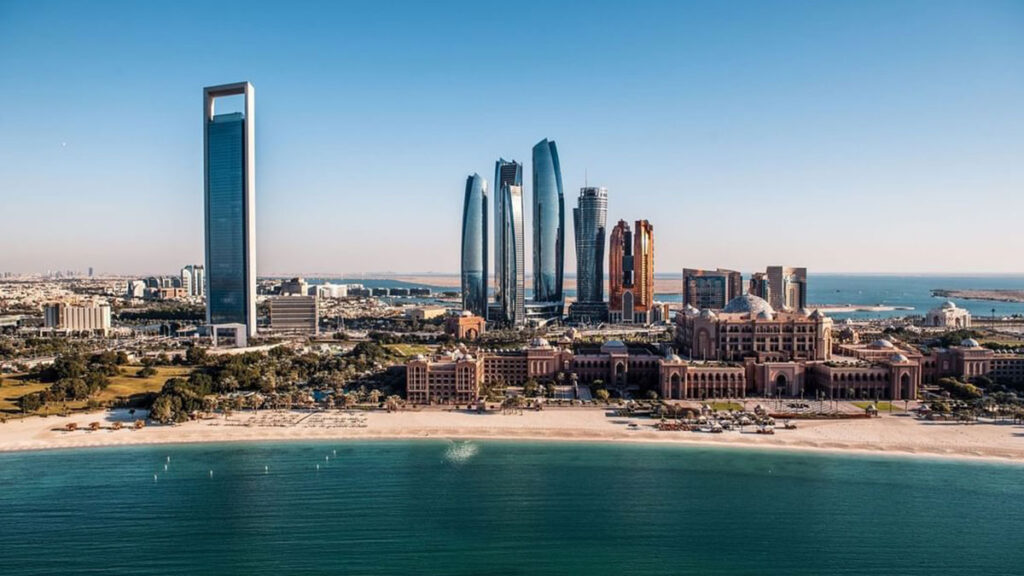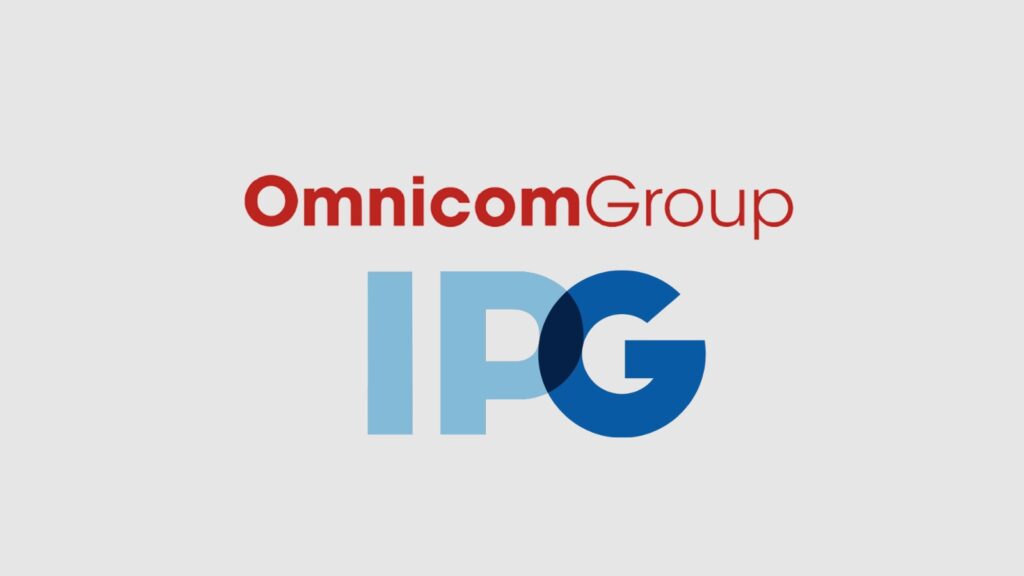There has been widespread conversation around the growth rates, scale, client value and product potential of programmatic media. At the same time, there are enough critiques highlighting the challenges of programmatic and its use cases. In this article, I attempt to scour through the playing field by looking at the big-picture trends of mature markets and clarifying the position of the MENA region digital professionals in order to support and educate the regional industry and clients.
Types of programmatic
Within programmatic, there are two main sub-categories: Real-Time Bidding (RTB) and Programmatic Direct.
RTB is an auction-based buying from the inventory available in real time and the most common type is open-exchange through the public auction method, although there’s still work to be done in this area.
If the buying model is a non-public auction, then it’s likely a Private Market Place (PMP), where publishers make their inventory and audiences available to a select group of buyers. PMPs are a fast-growing trend, even in the MENA region, for their black-and-white positioning in adding value to clients – for the brand performance, as well as audience buying and development. The beauty of PMPs is that you can take advantage of premium inventory to purchase from a walled garden of relevant sites with a publisher grouping available to a select few – still in a preferred auction model.
The second type is Programmatic Direct, which is available as Programmatic Guaranteed or Reserve. More and more agency-publisher buys are being crystallized at group or global levels with direct benefits to counterparts in the MENA region. These units can guarantee the premium positions with 100 percent share of voice (SOV).
Rise of programmatic
Growth rates are seeing a hockey-stick trajectory and are here to stay. It started gaining momentum back in 2011, when the growth rates in RTB alone represented 19 percent of US display ad spending share. By 2017, the RTB component of digital ad spend is set to grow exponentially to 52 percent of overall US display ad spending. The Programmatic Direct or Guaranteed space is also showing strong growth at 31 percent according to eMarketer. Overall, the landscape of programmatic and both its offshoots are staged for robust growth rates over the course of the next three years before tempering down – if such predictions hold true. The halo impact of this growth is being witnessed in MENA and although programmatic is in the nascent stages here, it has tremendous potential to be molded to meet the regional market’s needs and demand. An increasing number of local and regional publishers are already making a significant proportion of inventory available to public and private exchanges. Additionally, the investment made in automation and the dividends resulting from it are becoming more substantial in the region. According to Magna Global, programmatic spend grew to 42 percent of total display-related spend in 2014, compared with 33 percent in 2013 and 48 percent of total spend on a global basis in 2015. Barring any official data monitoring or syndicated research, I suspect a similar trajectory to be envisaged in MENA with 50 percent year-on-year growth and the industry size could be as large as 30 to 35 percent of the overall digital economy of the region over the next two to three years.
Modes of operation
What are the models for optimal operation within the field? Increased debate over the mode of operation persists in the MENA market as the conversation reaches critical mass importance. At the arab luxury world conference held in early June, there was a panel discussion on “Death of the Ad Banner” and it served as a productive platform to talk about cases of creative use of the ad banner, one of which was about programmatic and its effectiveness. There are two things to keep in mind here:
1. Direct placement. Programmatic ad banners with programmatic play are monopoly money in digital today. It buys the relevant audience with the right context at scale, as long as the digital assets of the advertiser are optimized with an authentic connected story, calls to action and brand values. Caveat: there’s zero cannibalization with digital direct buys; it’s a non-compete model. We are still focused on an either/or mentality with measurement of the ad banner, by putting KPIs against click-through rates (CTR) or reach. Advertisers need to understand that CTRs are only a directional indicator and not the end-all of engagement. It’s about striking the right balance and considering the qualitative impact of the brand. As marketers, let’s not be cautious about sharing what is the “optimal way” that the channel performs.
2. Looking at modes of operation in a slightly different way. We need to consider how agencies and clients are being set up internally to service the programmatic function. We have to operate with the needs and solutions that are best suited for our clients. There are three in particular:
a. Self-service. Clients choose to run their trading desks themselves and invest in technology to maintain longer-term data ownership and use. However, this is not prevalent in MENA yet.
b. Non agency-managed. Outsourcing programmatic to managed services is more cost-effective. However, clients have no ownership of data and process and this isn’t too prevalent in MENA yet.
c. Agency-managed. Clients run their programmatic engagement with their agency, as there is scale in preferred ad-tech solutions with data collection techniques and generating data equity for future client campaigns. Also, clients enjoy the benefits of agency partnerships and shared global learnings. This is the most preferred solution, given the dynamic nature of programmatic.
Most of the work in MENA is agency-managed, as businesses and technical knowledge are being steered by programmatic leads at the agency level. Also, agency-publisher inventory relationships are fertile with deals that are MENA-relevant. Moreover, the agency trade desk has global service-level agreements (SLA) in place with mature partnerships on programmatic global supply. In the foreseeable future, the answer is clear: an agency-managed solution is optimal.
Key trends
There are some key trends globally and in the MENA that are shaping the programmatic field today:
1. More than 50 percent of the US programmatic digital display is being furnished on mobile. It will continue as mobile is no longer the second screen. To use my newly coined phrase, mobile is “tandem-screening” with TV in real time. This trend will exhibit a proliferation of products that are specific to mobile-first programmatic such as Light Reaction by Xaxis, Tapsense for Apple, Ninth Decimal, Millennial Media, etc. Internationally, programmatic is still predominantly traded on desktop, but mobile consumption is extremely high in the MENA region, with adoption rates ranging from 50 to 80 percent, depending on the country. Plus, there are other factors, such as improvements incorporating mobile data into demand-side platforms (DSP) and broad adoption of programmatic across devices that’s fuelling spend but also providing clear measurement protocols for marketers.
2. Video and engagement formats will be a part of the larger programmatic mix along with display banners. This offers higher engagement and higher ROI on such premium formats. According to Google, 2014 witnessed four times the growth in the number of impressions for video transacted programmatically. In addition, interest and talk around programmatic TV is being popularized by WPP’s Xaxis TV and Xaxis Sync products. Smart targeting within seconds of TVCs being aired entails multi-screen capture of lost TV impressions via the online footprint. In a seemingly traditional TV market such as MENA, products that connect traditional high-impact media with the online medium will see significant gains. Jeff Green, CEO of The Trade Desk, remarks, “This year, we’ll see real auctions running inside many of the apps inside your Roku, your Amazon, or your Apple TV,” meaning that the technology is now real.
3. There are still some concerns around the programmatic process and its transparency, but that’s a part of the wider educational gap. As long as there is consistent clarity and conversation around the benefits – while addressing how programmatic media should be seen and handled – we are good. We need to ensure that advertising impressions are viewable, content meets brand safety guidelines, and that content is authentic. There are many and more tools to track these points, so the key is to educate with realistic positioning on the media value vis-à-vis plans.




